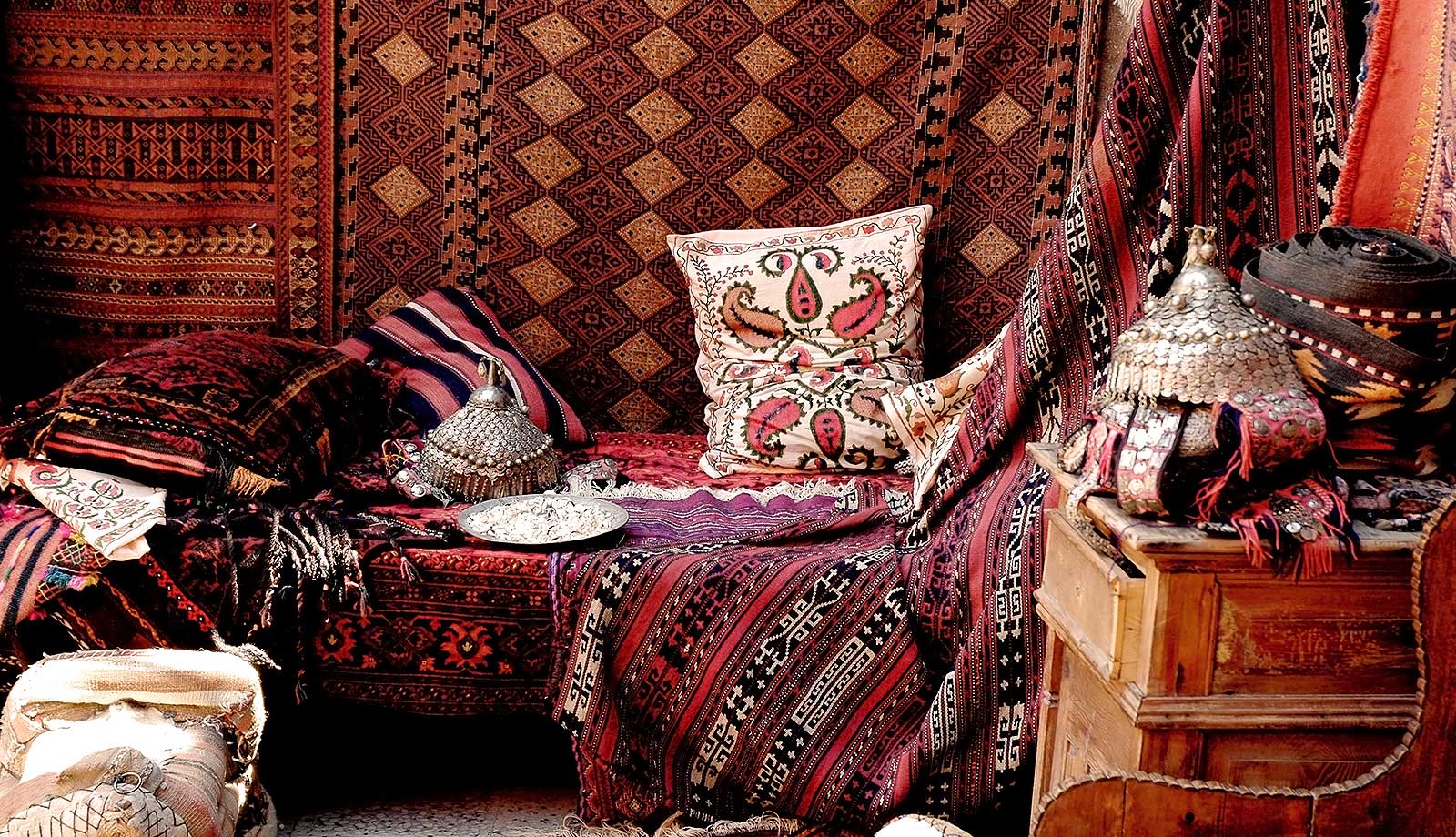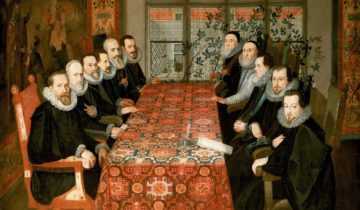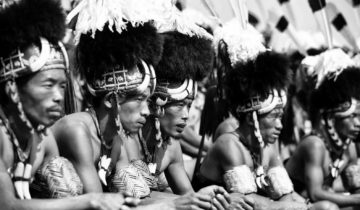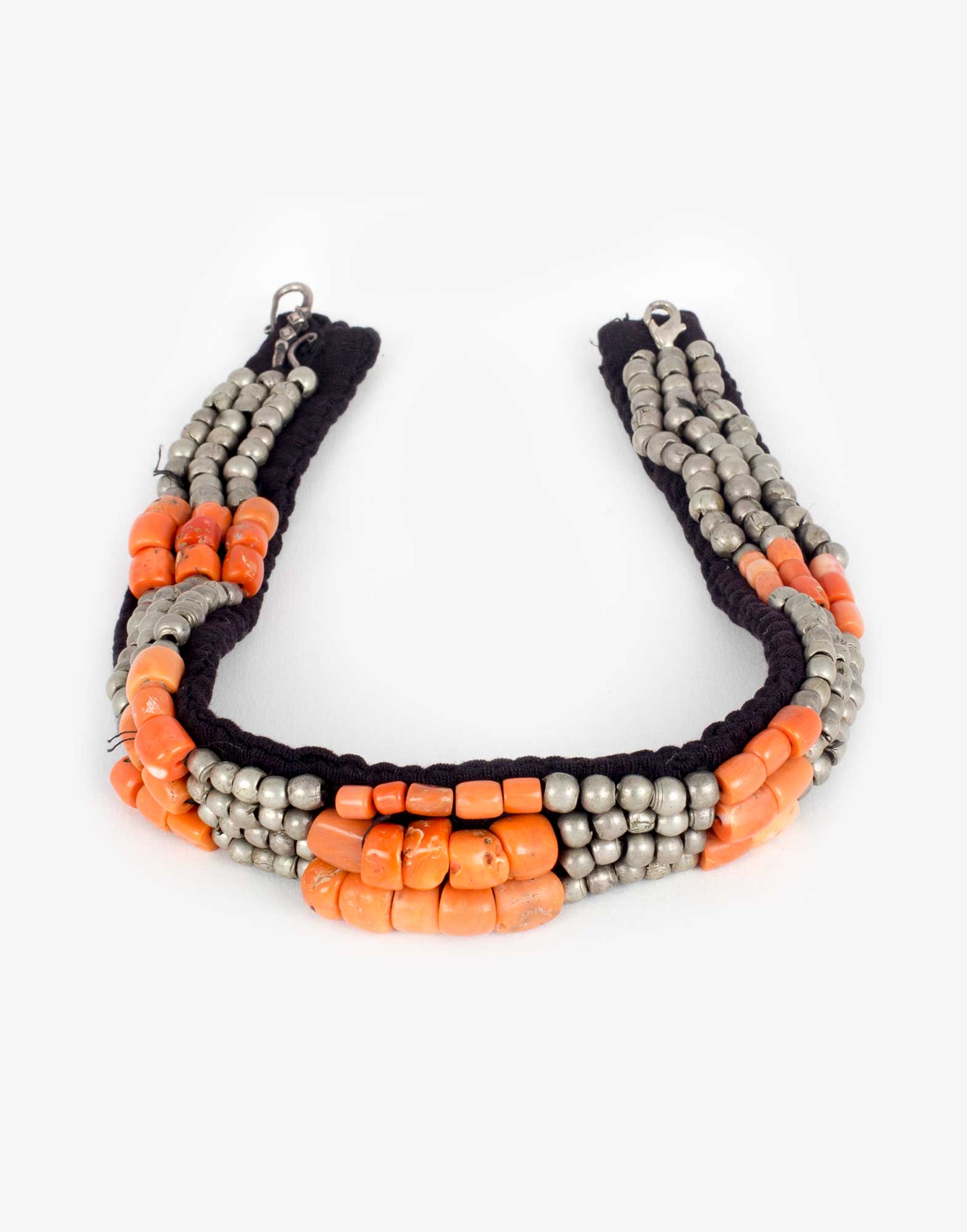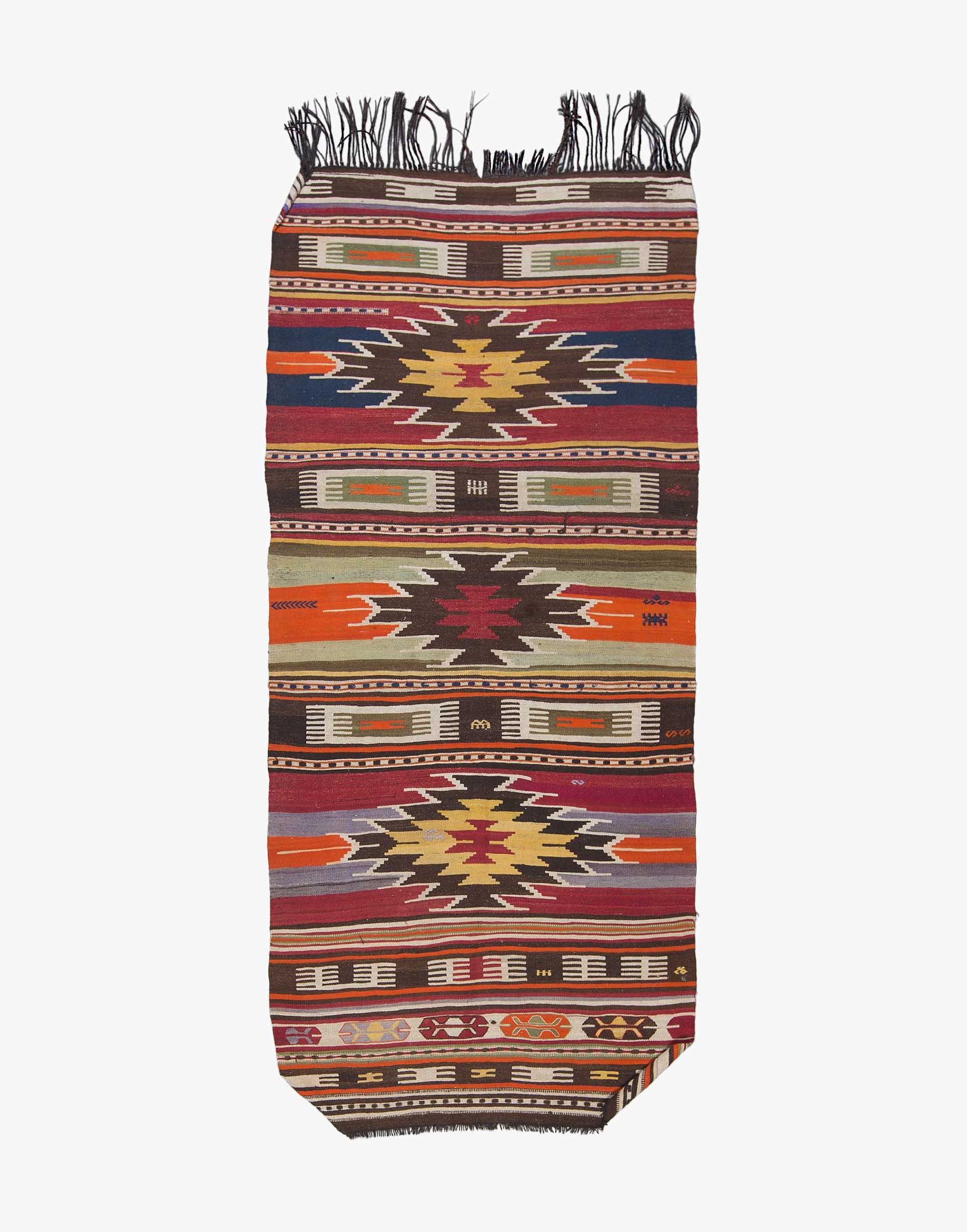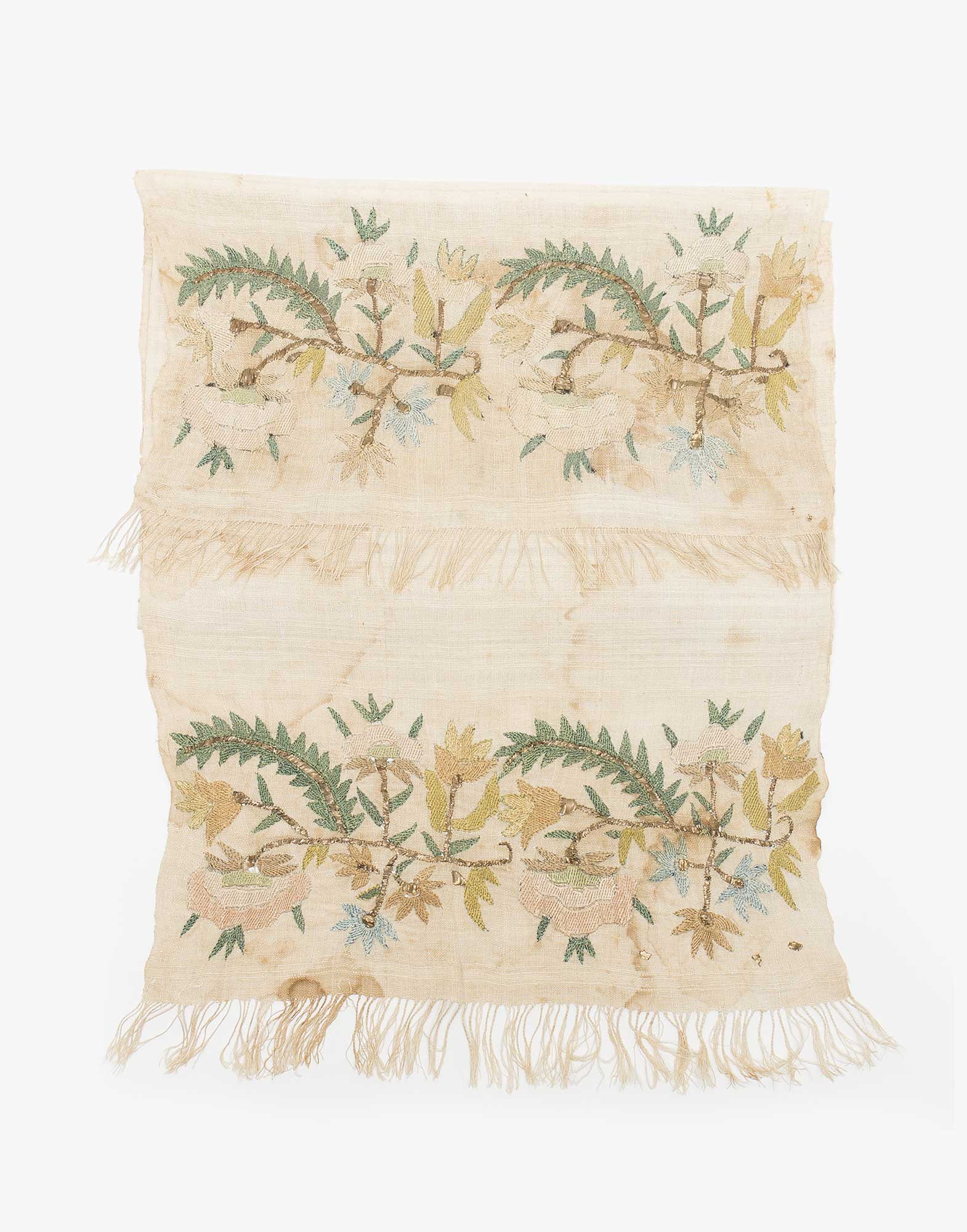One of the most important findings of the excavations of Pazyryk was the Pazyryk Carpet, proof that the art of Turkish carpets dates back much farther than previously believed. The carpet is currently housed in the St. Petersburg Hermitage Museum. This tradition came out of the needs of the nomadic lifestyles of the past, and from there it developed into an artwork. Perhaps it is the best way of summarizing the journey taken by Turkish carpets and kilims!
Nomadic Turkic tribes developed carpets to help protect them from the climates, and designed them with motifs reflecting their beliefs as they eventually made their way over the centuries to making Anatolia their homeland.
The presence of carpets in Anatolia dates back to the 13th century. By the 16th century it had reached a level of artistry to the point at which Europe began to take notice.
Interesting fact: By this period we see Turkish carpets in the works of artists like Bellini, Crivelli, and Memling, after which these carpets began to be called by their own names.
The Ottomans placed great value on the art of carpet-making and encouraged production. They managed to get Turkish carpets in Anatolia to a truly remarkable level. During the Seljuk period the heart of carpet-making was Konya but during the Ottoman period the towns of Uşak and Bergama came to the fore. The classical period of Ottoman carpet artistry is particularly tied to the 17th century Uşak, wherein its workshops and artists employed directly by the palace led to this “capital of the carpet” leading a renaissance with its unique and magnificent designs. The full grandeur of the empire was reflected in the majestic mosques, palaces, and mansions were decorated by these remarkable motifs and fine workmanship. Carpet-making became a high art itself and a status symbol, making the body part of a sacred belief, a way of life even. Uşak carpets and Uşak itself became one of the first places one thinks of for the period with its remarkable works.
Uşak and Bergama were not the only major centers of the highest points of artistry of the period. Wherever nomadic Turkmen tribes settled throughout all of Anatolia and in every one of their homes, tents, village, and cities the art of weaving remained a part of their identity and culture. While Uşak and Bergama remain the primary centers, Gördes, Demirci, Çanakkale, Konya, Aksaray and Niğde became centers were artists lived and grew in fame for their mastery of weaving. In the 18th century, the regions of Konya, Milas, Kırşehir, Sivas, Ladik, and Kula all grew in importance in the art of Turkish carpet-making. In the history of the art of carpet-making as well as today, Hereke began to grow in importance in the 19th century and began to produce the kinds of rare and original works that it is still known for today.
Carpets from the Caucus Mountains, with traditional eastern motifs like the dragon and large vegetable leaves along with garden carpets that were particularly notable in the 17th-18th centuries with herbal designs and animal figures all have their own importance and richness, along with Persian rugs as well. In Istanbul, the central regions of carpet-making were Feshane and Kumkapı.
